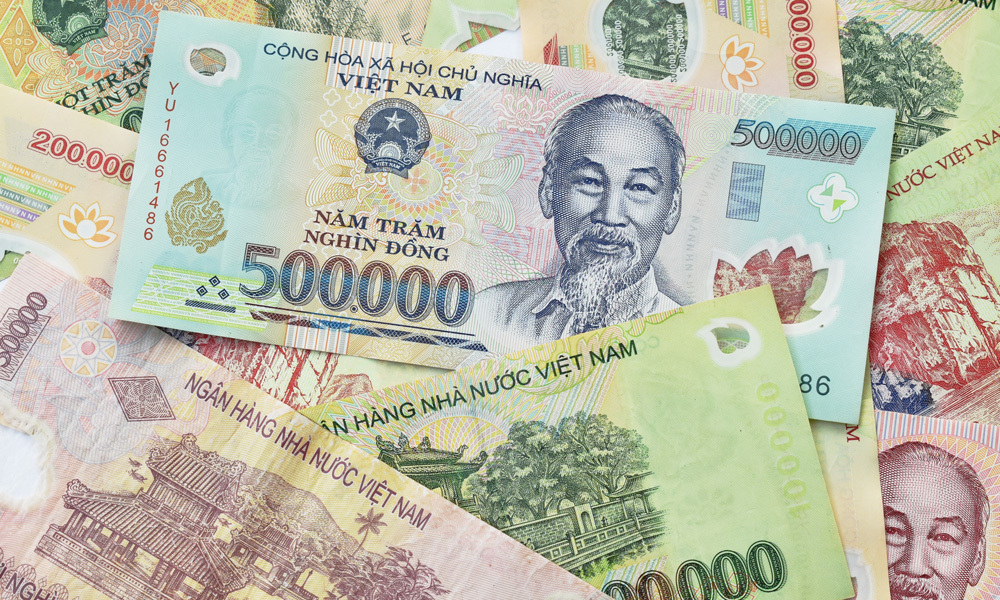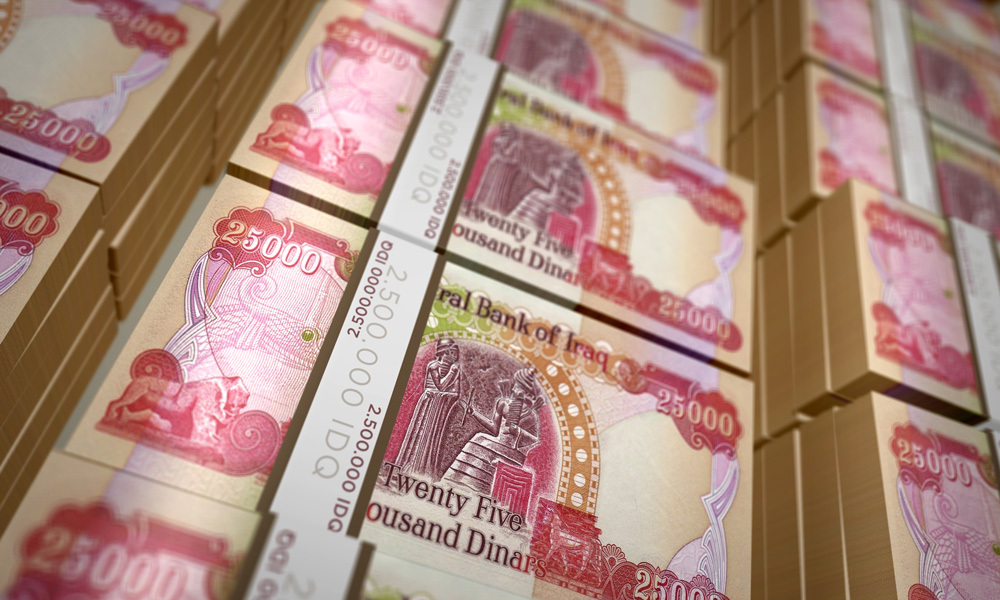The so-called Mercury dime was born of a mistake—one that was compounded by misnaming the coin in common usage.
US coin legislation allows the Treasury to change coin designs every 25 years without congressional approval…but doesn’t require it. Officials were under the misapprehension that changes were mandatory, so they set about soliciting new designs to replace the Charles Barber dime, quarter, and half dollar.
Chief Engraver Barber competed with three other sculptors for the new coins’ design. On March 3, 1916 Adolph Weinman’s designs were chosen for the dime and half dollar; Hermon MacNeil’s for the quarter. The 75-year-old Barber’s designs were rejected leading him to become moody and uncooperative in bringing the designs into production.
The “Mercury” Design
The face (obverse) of Weinman’s dime featured a bust of Liberty facing left wearing a winged Phrygian cap. The reverse depicted a Greco-Roman fasces, an axe bound with a bundle of wooden rods, surrounded by an olive branch, meant to symbolize America’s readiness to defend itself while hoping for peace.
Both numismatic and popular press articles misrepresented the face as that of messenger god Mercury even though the bust was clearly feminine, and some accounts by those unfamiliar with the fasces called it a battle axe. Despite efforts by several informed sources, the coin continues to be known by the name Mercury to this day.
Mercury Dime Production
Barber dimes remained in production well into 1916 due to a severe coin shortage and initial die problems with Weinman’s design. The first run of the Weinman coins was to begin at Philadelphia on August 30, but after complaints from vending machine and pay phone companies poured in, production was halted and Barber dimes went back online.
The problems were addressed and new coins were released into circulation on October 30. Due to the coin’s popularity, first-day sales at banks were limited to minimize rapid depletion of supplies and hoarding. Coins from the earlier strikes were recalled and melted, but one is known to exist.
Nearly 300 million Mercury dimes were made between 1917 and 1920 when an economic slowdown caused demand to drop. No dimes were minted in 1922, but production resumed at modest levels until the Crash of 1929. The Great Depression slowed production considerably again with no dimes struck in 1932 and 1933. Minting gradually resumed in 1934 (31 million) and reached a pre-war peak of 108 million in 1940. Over 300 million were made annually from 1942-1944 and over 240 million were produced in 1945, the Mercury dime’s final year of issue.
Collecting Mercury Dimes
While one of the most popular coins to collect, Mercury dimes are not hard to collect. Even low mintage dates aren’t rare since many were held back by collectors and hoarders. Some dates are harder to find in top condition and command very high prices, though.
The most desirable issues in all dates are ones that show all of the bands holding the fasces on the reverse clearly and fully separated, known as Full Split Band coins.
Key dates to collect include:
1916-D
This is the key to the series and it is eagerly sought in all grades. Production was extremely low since the Denver mint had been ordered to concentrate on quarters until late in the year. Prices start in the mid-hundreds. The record is $29,900 for an MS-65 coin at auction in 2007.
1921 and 1921-D
Production was low in both Philadelphia and Denver that year. None were minted in San Francisco. Good coins can be had for around $450 with the auction record $6,463 for an MS-66 Denver coin in 2016.
1942 and 1942-D: 1942/1 Overstrike
Some surplus 1941 coins were re-struck with a 1942 date, but the 1 shows clearly next to the 2. While heavily circulated coins aren’t that rare or valuable, top-quality examples bring the highest prices of the series. The auction record is $120,000 in 2004 for an MS-66 “Full Band” Philadelphia coin. Denver coins in top grades bring high prices, too. The San Francisco coins sell for much lower prices.
1945
Uncirculated examples with Full Split Bands are very rare from all mints. A Philadelphia MS-67 coin holds the record: $92,000 in January 2018.
1945 Micro-S
Some San Francisco dimes were made with a smaller-than-normal mint mark. While not at all that rare, they’re an important part of Mercury dime collections, and some highest-quality full band coins can sell for several thousand dollars. The record was set in 2016 when an MS-68 Full Band coin sold for $18,800.
For a look at price ranges for all Mercury Dimes, visit the PCGS Coin Facts website.
Next Up: Roosevelt Dimes, 1945-present


